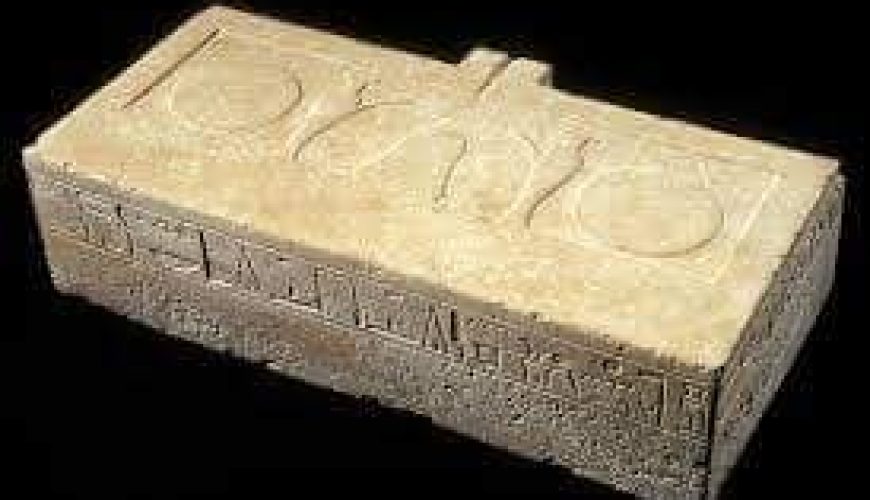Offerings “Hetep” ……. (Hetep)
In the ancient Egyptian language, sacrifices were pronounced “hetep” ……… which is a word that contains many meanings.
In addition to the meaning of sacrifices, “hot” also means “contentment / peace / tranquility / harmony / balance / harmony.”
The concept of sacrifices in ancient Egypt was not limited to food only, as the offering tables contained lotus flowers and papyrus sticks and loaves of bread, birds, and the thigh of the bull.
The bull’s thigh in ancient Egypt was a symbol of the group of stars of the Big Dipper. The tool used in the ritual opening of the mouth was always in the shape of the thigh of a bull to symbolize that star group, which is considered one of the most important stations that the soul passes through on its journey to the other world.
In this scene, we see an offering table bearing bread, fruit, birds, lotus flowers and a bundle of papyrus sticks ……….. in addition to rows of strange-shaped fingers, which archaeologists describe as “bread” !!!
But when you look at the image, you notice that these lined fingers are closer to the shape of the feathers and not the bread.
We are in front of 20 feathers arranged in a very harmonious and balanced way.
We note that the artist divided the quills into two rows, each row consisting of 10 feathers, whose bristles point in a direction opposite to the ten corresponding feathers.
And the number ten in Pythagorean numerology represents perfection. Pythagoras used to say that the number ten is the complete number. According to the ancient Egyptians, this number was associated with “Hor” (Horus) and also with the concept of perfection.
It was “Hassi-Ra”, the famous physician in the era of King Djoser (the Third Dynasty, an ancient state) who bore the title of Priest of Horus, and also the title of “Head of Ten” because the number ten is associated with “Horus”.
Horus was the tenth complementary organ of the Heliopolis … the ninth genesis of the universe.
The heliopause, from which the universe was created, included (Atum, Shaw / Tefnut, Geb / Nut, Isis / Osiris, Set / Nephthys). Horus was not one of the nine fundamental cosmic forces from which the universe arose.
But he was the tenth cosmic force that supplemented the nine fundamental forces … and he represented the ultimate in perfection.
And whoever wants to understand the meaning that the artist wanted from depicting two rows of feathers (each row consists of 10 feathers, opposite/balanced) must search for the feather symbol in the Egyptian civilization.
Feathers were associated in ancient Egypt with “Maat”. And “Maat” is the laws of cosmic equilibrium by which creation came out of the sea of ”Nun” ….. the sea of chaos and darkness.


Comment (0)